Cork woman's mission: to remind people of skills we have lost

Sonia Caldwell uses the term heritage crafts for her work, explaining that it’s a broad range.
Sonia Caldwell says she was once a 17-year-old who wanted to change the world.
“I knew I couldn’t be a politician sitting in the Dáil for hours on end. My hands would have itched to make something. So, I’m doing this. I like to think it’s making a difference in some small way; you can only do so much.”
There is no doubt that the artist, and owner of West Cork’s Kilcoe Studio, is making a difference to the children she encounters on her visits to schools, and to the people who visit her studio in West Cork.
She is doing something deeply meaningful indeed – reminding Irish people of skills we’ve lost, of knowledge we once shared.
“In the studio, we’re selling rushes to make Bridget’s crosses with instructions included. If a farmer knew someone was selling rushes they would be dumbfounded! These days, however, most people need the instructions.”
Fashion and Textiles
Sonia uses the term heritage crafts for her work, explaining that it’s a broad range.
“My focus has always been on stone carving and painting, and I did other heritage crafts on the side. More recently I’ve explored them more. I’m increasingly interested in textiles. Fast fashion is something people care about. Upcycling is great but what clothes are made of gets less attention.”
The artist explains how textiles were once a crucial part of our survival, used in everything from tea towels to curtains, and so we had a thriving textile industry up until recently.
“We have forgotten all the skills, and the weird thing is that it was done in the name of progress, but we have replaced good fabrics with fabrics of far less quality.”
Sonia understands we are a long way from when everyone made everything themselves, but recalls how villages would once have had a skilled dressmaker, a tailor, and a shoemaker.
“People no longer grow up with these things on their doorstep. They don’t see how they’re done. Children nowadays have little dexterity. They can’t tie things or put bundles together. They must be helped with all of it.”
Working with Children
This is one reason Sonia enjoys working with young people with the Heritage in Schools Scheme.
“You can’t make a basket in a classroom with 25 children. If you have a large group, you have to vary it and can do more. It is often about taking them for a walk and teaching them about plants. Kids don’t know trees. We spent this morning making dens. Some of the older kids didn’t know an oak tree. It is not seen as a focus. No time is given to it. Do schools even have nature tables anymore? I don’t know.”
Súgán rope making is a nice, easy one to do with a class, the artist explains.
“It’s making rope from grass. You get whatever material is available, rushes, hay, straw, other leaves, or even bark. You basically twist two pieces together in a certain way.
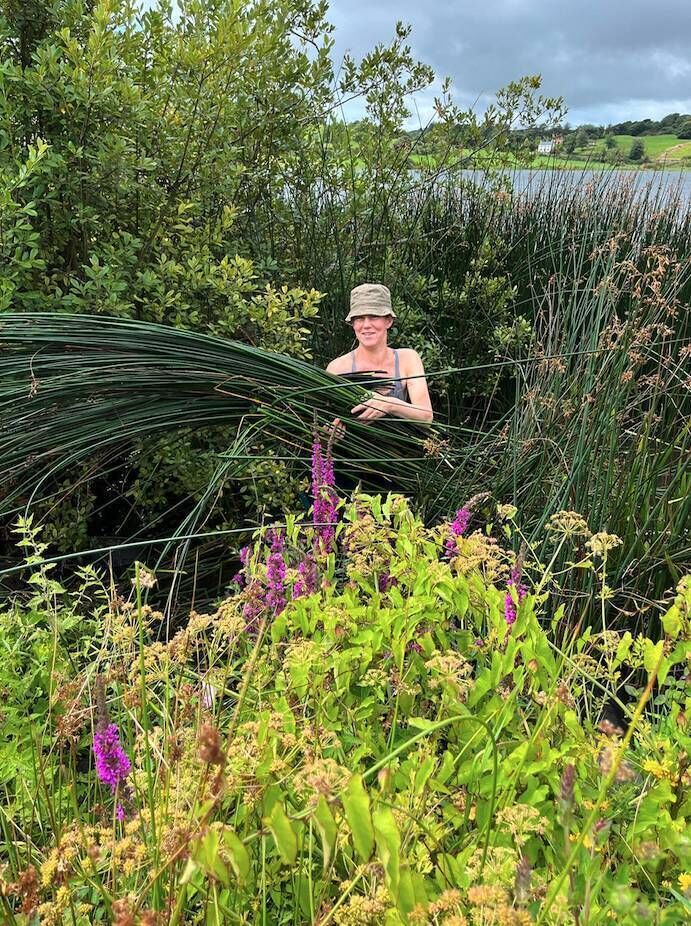
“Life has changed so much, but these crafts are not from that long ago and were done on an annual basis. They are seldom done now.
“The ropes could be used to tether animals, thatching, or fastening baskets to people’s backs, or for boating, fishing. Linen replaced nettles for rope-making but nettles were strong. You would simply strip the leaves so there was no sting left.”
Connection
Sonia is fascinated by the connection we can all have to the natural world. She enjoys foraging and coming home to cook and craft with her new-found treasures.
“ I am constantly thinking about how to use what I find. Yellow Flag Iris is a great one at the moment. I use the leaves for weaving baskets, and the roots as a black/grey dye.
“I have a big barrel outside my studio space and all the waste goes in there, which then goes into compost. I hate when I see people putting natural waste in the bin in schools; it should be thrown in the ditch.”
The artist is not fond of plastics. She relates this to an interest in the aesthetic of products.
“I admire things that are made beautifully. That has everything to do with the starting materials. You can’t make a nice meal out of poor ingredients. I just don’t think plastic is attractive, but I’m not a purist. I have one coloured plastic necklace that I love. But the more I go around charity shops, the more I see polyester. It’s had to find nice fabrics.”
She explains that she is concerned for the environment, but doesn’t see the environment as separate to herself.
“We can’t reinforce the idea that nature is something else. It’s like Joni Mitchell singing about the tree museum. Trees are lovely – let’s put them somewhere else.
“If you pick rosehip from hedgerows to make rosehip syrup every winter, then the hedgerow means something to you. If a digger pulls it down, you will be upset. If you don’t pick anything, you will have no connection, you are not going to care.”
Wellbeing
Sonia’s work also relates to mental health.
“I have always had a connection with nature. Every season is exciting for me. I will see nettles coming up and I get excited about what I’m going to do. It gives me such a buzz.”
So, this is about more than taking a walk in nature. It is very much about doing something in and with the natural.
“We must give purpose to our time in nature so that we spend longer there and become more immersed in it. I have empathy for turf cutters for this reason. They are in nature, listening to the birds, and have purpose. It is the large-scale machinery that’s the problem, not the individual turf cutter.”
She longs for an Ireland that better funds nature-based practices, and for people to truly respect crafting.
“People are not willing to pay for the time and energy it takes. Most craftspeople are forced to do it as a side job.”
Sonia describes herself as only one of many artists working away, part of this slow movement, this quiet revolution.
For more information about products and workshops, visit Kilcoe Studios West Cork Arts Studio.
More in this section
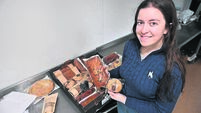

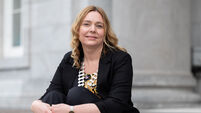
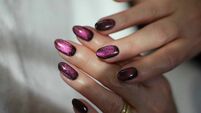


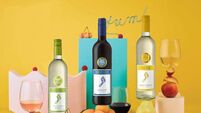
 App?
App?


